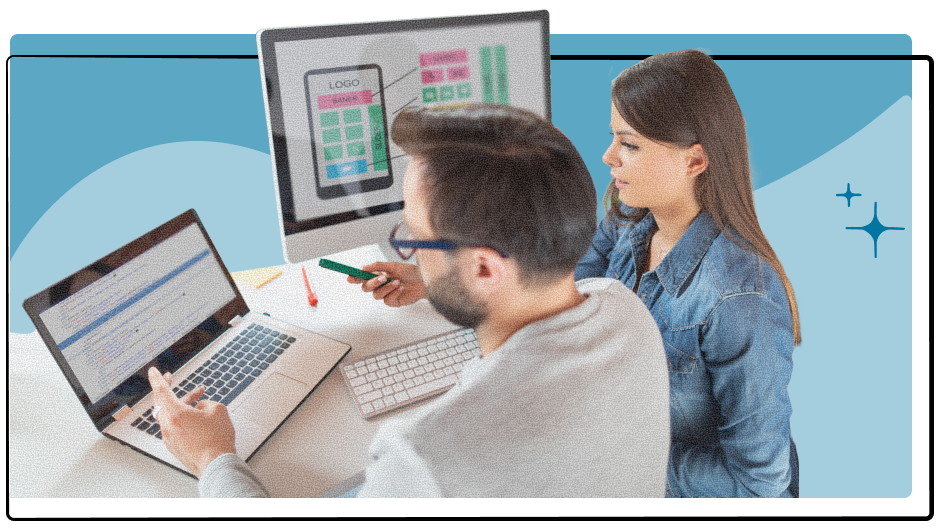
Focus groups vs Usability testing
Focus Groups and Usability Tests are often mistaken as being the same thing when, in reality, they really could not be more different. So, before deciding which to use, it is very important that all parties involved are on the same page in regard to the differences between each test and the expectations of what you are looking to get out of each.
What's the difference?
The most obvious difference is that a Focus Group is typically conducted with a “group” of people, whereas a Usability Test is typically conducted one-on-one. Focus Groups are about understanding people’s feelings and opinions about something, whereas Usability Tests are about learning how people use things.
Which to choose and why
Below are two very basic questions that will help facilitate the expectations of all parties involved so that you can choose the right test for the right reasons.
- What knowledge do we expect to gain?
- User’s aesthetic preferences, functionality needs, and expectations = Focus Group
- How users perform tasks, interact with functionality, and interpret label names = Usability Tests
- What will you expect to have the test subjects look at or use?
- Mockups, competitor sites, color schemes, graphics = Focus Group
- Mockups, wireframes, paper prototypes, on-screen prototypes = Usability Tests
What users say vs what they do
Realize that focus groups can only assess what a user “says” they would do to perform certain tasks – not how they actually perform them. For example, in a focus group, don’t ask a user if they prefer one navigation system to another. If you want to learn which navigation is better, perform a usability test by asking the user to perform a series of tasks and watch how they perform them. I’ve been involved with many tests where users have stated that they prefer the navigation of Design A to Design B, yet they were able to perform tasks far better with Design B…go figure.
Opinions don't matter (in usability tests)
Most people can’t help but express their emotions about something. They either love things, hate things, or feel indifferent about them – and none of these have anything to do with whether something is usable or not. So, if you’re looking to learn how to make your software more usable, stay away from questions that invite opinion-based answers.
For example, a question such as “Do you like the dropdown menus?” would not provide any beneficial data. The answer you really want to know is whether these dropdown menus, with these items and this wording in the context of this page, are clearly understood and easy to use for most people who are likely to use this software. The only way to determine this is by observing how a user actually uses the dropdowns.




